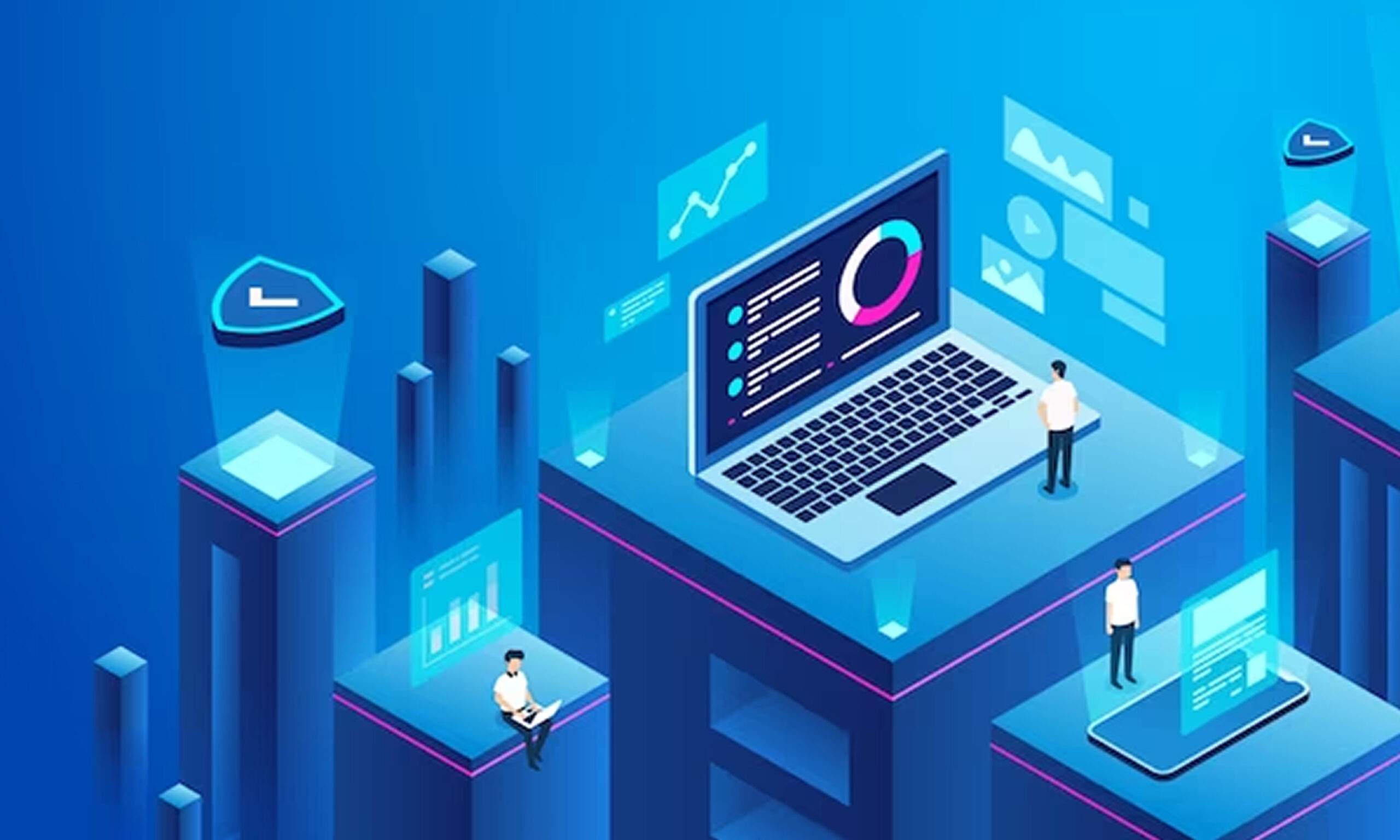What is IT Security-24 | Information Technology Security

In an era dominated by digital interactions, the need for robust Information Technology (IT) security has never been more critical. As we navigate the vast internet landscape, businesses and individuals continuously face various cybersecurity threats. This article delves into the intricacies of IT security, exploring its types, importance, measures, and the evolving landscape in the digital realm.
Introduction
Information Technology Security is the guardian of our virtual realms in the sprawling digital landscape. As our reliance on technology grows, so does the importance of safeguarding sensitive information from various cyber threats.
Types of IT Security Threats
Malware and Viruses
Invisible assailants that can wreak havoc on systems, malware, and viruses remain pervasive in the digital world.
Phishing Attacks
It is a deceptive tactic where cybercriminals pose as trustworthy entities to obtain sensitive information.
Social Engineering
They are manipulating individuals to divulge confidential information through psychological manipulation.
Insider Threats
Security risks originating from within an organization are often unintentional but equally damaging.
Importance of IT Security in Businesses
Protection of Sensitive Data
Businesses store a wealth of sensitive information, from customer details to proprietary data. Robust IT security ensures the confidentiality and integrity of this information.
Maintaining Customer Trust
A security breach not only jeopardizes data but erodes the trust of customers. Protecting their information is paramount for maintaining a positive business reputation.
Legal and Regulatory Compliance
Many industries are bound by stringent regulations concerning data protection. Adhering to these standards avoids legal consequences and fosters a culture of responsibility.
Common IT Security Measures
Antivirus Software
Antivirus software is the frontline defense against malware and viruses, which detects and removes malicious programs.
Firewalls
Firewalls filter out unauthorized access as a barrier between a secure internal network and external threats.
Encryption
Transforming sensitive data into unreadable code, encryption ensures that even if intercepted, information remains secure.
Regular Software Updates
Patching vulnerabilities through regular updates is crucial in fortifying systems against emerging threats.
Role of Employees in IT Security
Training and Awareness
Educating employees on cybersecurity best practices and the latest threats empowers them to be active participants in the defense against cyber-attacks.
Strong Password Policies
Implementing and enforcing strong password policies is a simple yet effective measure to prevent unauthorized access.
Reporting Suspicious Activities
Creating a culture where employees feel encouraged to report suspicious activities enhances the organization’s overall security posture.
Emerging Trends in IT Security
Artificial Intelligence in Cybersecurity
AI algorithms analyze vast amounts of data to identify patterns and anomalies, enhancing threat detection and response capabilities.
Blockchain Technology
Beyond cryptocurrency, blockchain’s decentralized and tamper-resistant nature offers innovative solutions for securing data.
Cloud Security
As businesses migrate to the cloud, ensuring data security is stored and processed in cloud environments becomes paramount.
Challenges in IT Security
Constantly Evolving Threats
Cyber threats are dynamic, requiring continuous adaptation of security measures to counteract new and sophisticated attacks.
Balancing Security with User Convenience
Striking the right balance between robust security measures and user-friendly experiences is an ongoing challenge.
Limited Resources for Small Businesses
Smaller enterprises often need more resources, making implementing comprehensive IT security measures challenging.
Future of IT Security
Integration of Advanced Technologies
The future lies in integrating AI, machine learning, and other advanced technologies to create more proactive and adaptive cybersecurity systems.
Enhanced Collaboration Between Organizations
Cybersecurity is a collective effort. Increased collaboration between organizations can lead to a more secure digital ecosystem.
The Need for a Proactive Approach
Moving away from a reactive stance, a proactive approach to IT security involves anticipating and mitigating threats before they materialize.
Case Studies
Success Stories
They highlighted instances where robust information technology security measures prevented data breaches and cyber-attacks.
Consequences of Security Breaches
She examined real-world financial and reputational consequences of organizations that fell victim to cybersecurity breaches.
IT Security Best Practices
Regular Security Audits
Conducting regular audits helps identify vulnerabilities and ensures that security measures are up-to-date.
Incident Response Plans
Having a well-defined plan for responding to security incidents minimizes damage and downtime.
Data Backup and Recovery Strategies
Comprehensive data backup and recovery strategies are crucial for business continuity in a breach.
Cybersecurity for Individuals
Importance of Personal Cybersecurity
Individuals should proactively secure their devices and data to prevent identity theft and cybercrime.
Tips for Securing Personal Devices and Data
Simple measures like using strong passwords, enabling two-factor authentication, and keeping software updated go a long way in personal cybersecurity.
The Role of Government in Information Technology Security
Legislation and Regulations
Governments play a pivotal role in establishing and enforcing laws and regulations that set the cybersecurity standards for organizations.
Collaborative Efforts in Cybersecurity
International collaboration is essential to combat cyber threats that transcend borders. Sharing intelligence and best practices strengthens global cybersecurity.
Balancing Security and Privacy
Ethical Considerations in Information Technology Security
Striking a balance between securing information and respecting privacy rights is a moral imperative in IT security.
Finding the Right Balance
The ongoing challenge is finding the right balance to ensure robust security without compromising individual privacy.
Conclusion
In conclusion, Information Technology Security is not just a necessity; it’s a continuous process of adaptation and improvement. Understanding and implementing effective IT security measures are paramount for individuals, businesses, and governments as we navigate the ever-evolving digital landscape.
FAQs about Information Technology Security
What is the primary goal of information technology security?
-
- The primary goal is to protect digital assets, ensuring information confidentiality, integrity, and availability.
How can businesses stay ahead of evolving cybersecurity threats?
-
- Businesses should invest in proactive measures, regular training, and stay informed about the latest cybersecurity trends and technologies.
Are there any free tools for personal cybersecurity?
-
- Several free tools, such as antivirus software and password managers, can enhance personal cybersecurity.
How does AI contribute to information technology security?
-
- AI enhances threat detection and response capabilities by analyzing patterns and anomalies in vast data.
What should individuals do to protect their online accounts?
-
- Individuals should use strong, unique passwords, enable two-factor authentication, and stay vigilant against phishing attempts to protect their online accounts.



